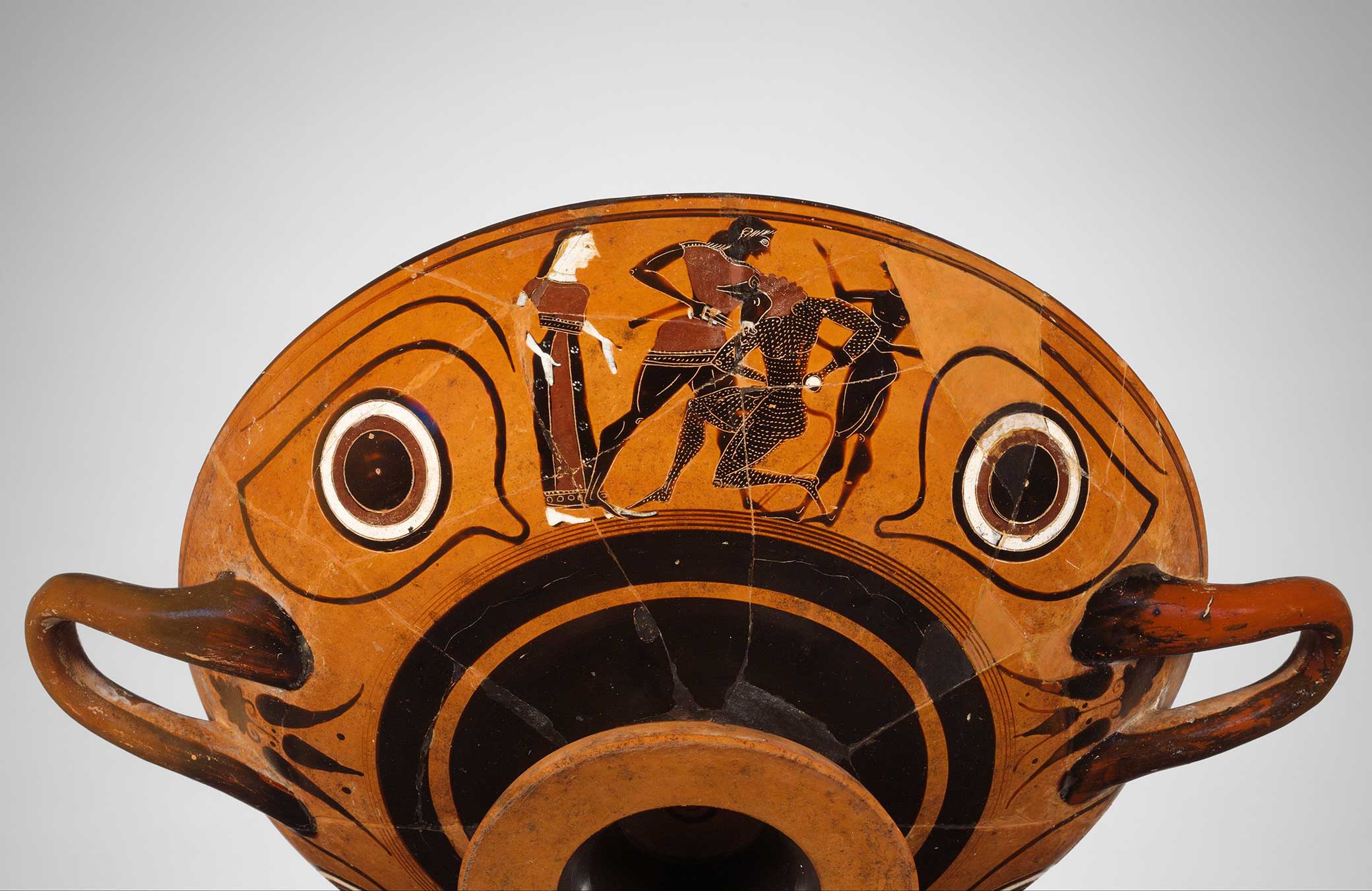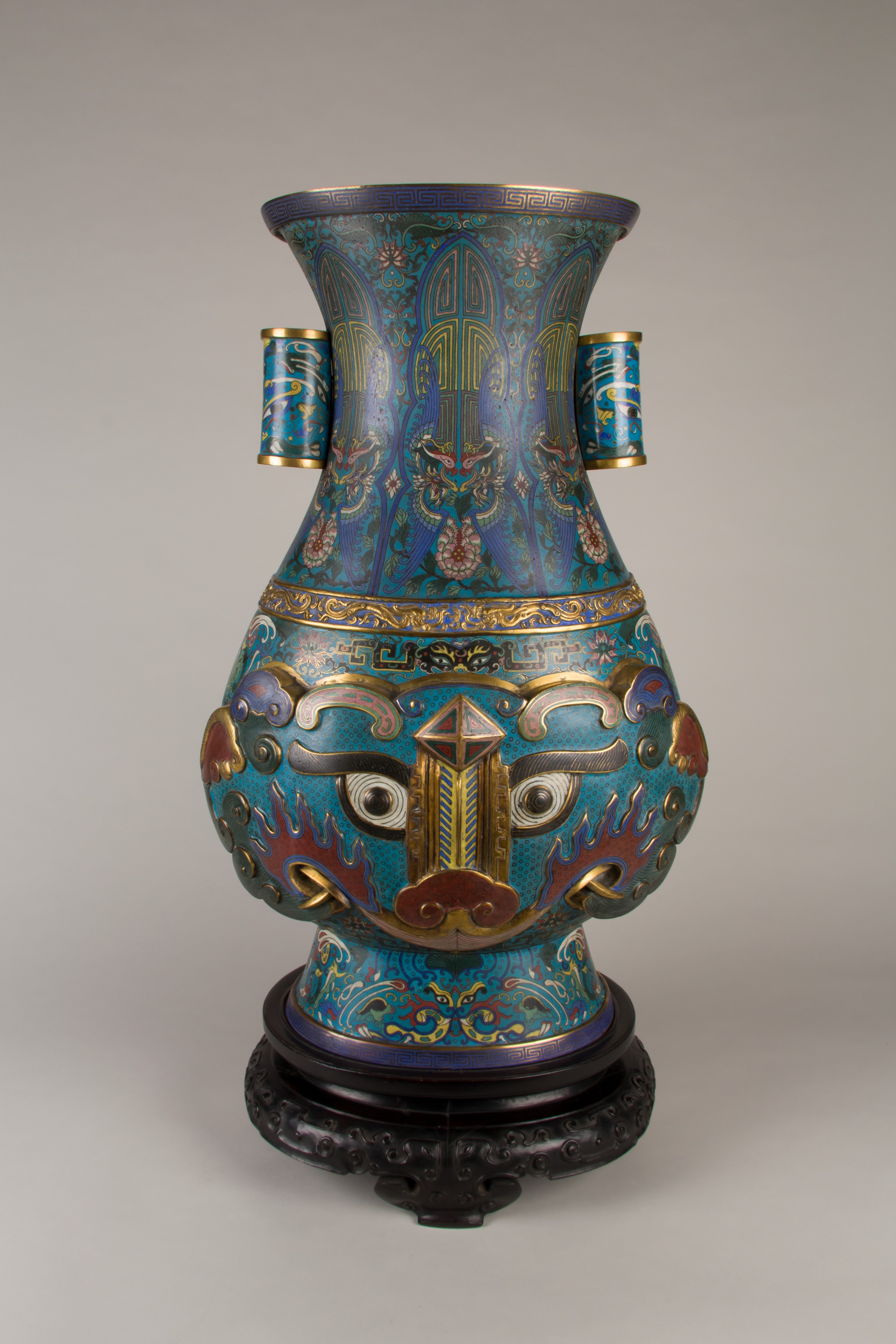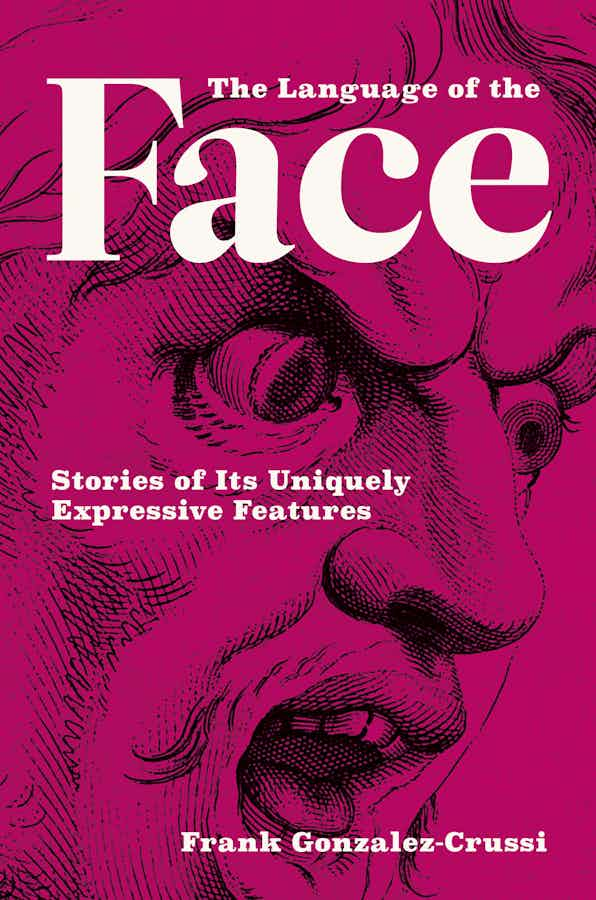
Eye cup, Greek, c. 530 bc. The Metropolitan Museum of Art, Rogers Fund, 1909.
The ancients were sure that some kind of effluence streams out of the eyes, and wondered how this hypothetical gushing forth could affect us. The superstition of the “evil eye” falls entirely within this manner of thinking, and it is a matter of no small historical interest.
Plutarch recounts an interesting discussion on this topic. It took place at a banquet given by his friend Mestrius Florus, a Roman consul under Emperor Vespasian and a comrade-in-arms of Plutarch during the battle of Betriacum. Mestrius Florus starts off saying that there exist many reports about people who are believed to have the evil eye, but such accounts tend to be rejected right away as mere superstitions of the silly and uneducated. Yet, he says, it is not right to so treat things that lack a logical explanation, because, if we are honest, we shall have to acknowledge that there are thousands of indisputable facts all around us for which we have no logical explanation. The man who demands an explanation for everything is incapable of experiencing wonder, and this is the antiphilosophical attitude par excellence.
The banqueters go on to examine some of the numerous reports about people purported to cause harm to others through the gaze. The historian Phylarchus claimed that among the Thibaeans (members of a tribe that inhabited the shores of the Pontus Sea in Asia Minor), there were individuals who could seriously hurt children by simply looking at them. Children were especially susceptible to gaze-induced harm, but some adults were also injured; and not only the gaze but the breath or speech of the nefarious agents also made the victims waste away and fall ill. (Survivors of the 2020–2021 coronavirus pandemic cannot help but wonder whether the ancient chroniclers witnessed some form of aerosol-transmitted infectious disease.) All this was attested by some human traffickers, in particular the half-Greeks who used to buy slaves from that area. Hence, one had to conclude that, for reasons no one understood, more than one kind of bodily emanation could cause damage in some highly susceptible individuals. At this point, it is important to note that some contemporary scholars believe that in the times of the Roman Empire, just about anyone could, given the right conditions, cast the evil eye. Anger and envy could channel their nefarious energies through the gaze, so that a person could cast the evil eye without specific intent to do so. In that case, the doer of the vision-mediated misdeed could go unrecognized. But soon a correlation was found between ocular abnormalities and malefic gaze, and it became possible to construct a typology of the evil eye casters.
Not long before the time when Plutarch and his friends discussed the evil eye over viands and drinks, Pliny the Elder wrote that among the Illyrians there were people who killed those they stared at for a long time, “especially with a look of anger.” The victims were most often adults. Pliny said that there was a way to identify the people possessed of such a terrible power. All one had to do was to look at their eyes, for they had two pupils in each eye. He quoted reports from Scythia, where there were women who had this ocular abnormality together with the dreadful, murderous eyesight.
The association of abnormal ocular structure and the evil eye must have enjoyed wide currency in the ancient world, because Ovid, who was born in 43 bc, says in his Art of Love, speaking of a certain sorceress named Dipsas, that “her eyes both have double pupils,” and that “lightning flies out of the blink of her eyes.” What did the ancient authors mean when they spoke of a “double pupil”? The pupil of the eye is simply a hole, a contractile aperture in the center of the iris that allows the passage of light toward the retina. Its name is said to come from the Latin pupilla, a diminutive of pupa, doll, because of the little image of oneself that one sees reflected when looking into another’s eye. The condition of having two (or more) pupils in one eye, named “polycoria” in medical terminology, is extraordinarily rare. The supernumerary pupil is supposed to have its own sphincter, so that it would dilate or constrict following the proper stimulus. But two large, well developed pupillary apertures each lined with its respective muscular sphincter is something so exceedingly rare that some specialists believe “it has never been demonstrated to occur.”
The presence of extra holes in the iris is not rare, but most are not true supernumerary pupils, because they lack their own pupillary sphincter. The technical name for this abnormality therefore is not “polycoria” but “pseudo-polycoria.” The latter is easily distinguished because when the true pupil is made to dilate, the accessory hole is passively constricted. In true polycoria, the muscular sphincters of the main pupil and the supernumerary pupil(s) should contract and dilate synchronously under the effect of the appropriate drugs. The supernumerary pupils tend to be much smaller than the main pupil.
Most instances of pseudo-polycoria represent a congenital defect of the iris, called coloboma. During embryonic development, the iris expands gradually. Sometimes it fails to close completely, leaving a cleftlike defect, a radial fissure. As a result, the pupil will not look like a perfectly circular aperture, but will be elongated, or have a shape that ophthalmologists of the past compared to a keyhole. The organism sometimes heals the iris defect but does so incompletely, so that a small hole remains. This is thought to be the origin of most cases of pseudo-polycoria.

Another imaginative way of approaching the ocular disorder discussed comes from Pu Songling, an extraordinary author from China now considered a supreme exponent of the fantastic genre of literature. Pu Songling lived practically all his life within the rural district of the province of Shandong in which he was born (except for an eighteen-month sojourn in the neighboring province of Jiangsu). It is generally known that to occupy government positions in old China one had to submit to the system of examinations; success was a way to climb to higher social status. Pu Songling repeatedly tried and failed in this endeavor.
Most of his life he earned a meager living as a private tutor, which may have been a blessing in disguise, for it allowed him to concentrate on his writing. His opus magnum, often translated as Strange Tales from a Chinese Studio, comprises over five hundred pieces, tales, anecdotes, and notes of varying lengths. It circulated in the form of hand-copied texts and was not printed until after his death, in 1766. The following pupil-related story comes from this book.
Fang, the main protagonist of the story, was a womanizer and unprincipled libertine, always in search of new conquests. One day, while strolling on a country road, he came across a richly adorned carriage with windows covered by red curtains and exquisitely embroidered blinds. It was followed by servants on horseback, while a young maid on a pony kept pace with it. Fang approached, as was his wont, attracted by the maid. When he got close enough to look through the window of the vehicle, he descried a young woman inside and was dumbfounded: never had he seen a beauty so radiant. He was speechless, mute with admiration. He could not help himself and followed the carriage for miles, always trying to get a better look at the divine being in its interior. At length, the beauty, irritated by the incessant ogling, said to her maid: “Let down the blinds, girl. Who does this wild man think he is, to be staring at me so insolently all the time?” The maid obeyed the order, berated Fang for his insolence, and angrily threw at his face a pinch of dust from the road by the carriage’s wheel. Fang was momentarily blinded; he rubbed his eyes, and when he finally opened them he found himself alone on the road: the carriage with its precious cargo and its train of followers had disappeared.
All the way home Fang kept feeling some eye irritation. When he arrived, he asked a friend to look at his eyes. The friend said that he could see a film that had formed over each of his eyeballs. The next day he was not better: he still had much discomfort and shed abundant tears; the film over his eyes was thicker. In the following days the film gradually thickened, until it became as thick as a copper coin. No medicine was effective. Fang became totally blind.
In despair at this terrible calamity, and given that no treatment worked, Fang sought spiritual consolation in the ancestral faith of his land. He obtained a Buddhist scripture known as the Sutra of Light, carried it with him all the time, and had someone read it to him many times until he learned it by heart. Every morning he sat cross-legged, repeating the sutra and counting the beads of his rosary. This went on for about a year. His fervent religious practices brought no improvement to his ophthalmic malady, but gave him some serenity and a Buddhist sense of detachment.
One day, while absorbed in his religious practices, he heard a voice that—surprisingly—came distinctly from inside his left eye, and said: “This is terrible! It’s pitch black in here. I can’t stand it!” The answer came— no less astoundingly—from a voice originating in his right eye, which said: “I feel the same. Let’s get out of here and see the light for a while.”
These words were followed by a funny sensation in Fang’s nose. It was as if some small creatures, like worms, were wriggling inside his nasal passages, trying to get out. This sensation ceased, but after a while, the feeling restarted: the creatures had returned and made their way through his nasal cavity into his eye sockets. Shortly thereafter the voice commented that it had been very nice to leave the gloom in which they lodged, but that it was a pity that the orchids in the garden had withered.
Fang was upset upon hearing this. He was a devoted amateur horticulturist, and the orchids were his favorite flowers, which he tended with great care. Since he became blind he had neglected them, but had hoped that his wife would not allow them to wither away. He complained to her about the shriveled appearance of his favorite flowers. The wife, in turn, asked him how could he have known that, since he was blind; whereupon, suspecting something unusual, she decided to hide in his room and watch him. It was not long before she could see, coming out of Fang’s nose, two minute “manikins, not bigger than a bean” that merrily flew out of the house. And shortly thereafter, having enjoyed an outing in the sun, the two tiny creatures flew back in, and wriggled their way through Fang’s nasal cavity to install themselves in their intraocular abode. This they did for two or three days running.
Then, one day, one of the voices complained about the inconvenience of having to work their way through the tortuous passages of the nasal cavity and the paranasal sinuses. The two creatures agreed that they had to create an easier exit route. The voice of the left eye declared: “I will make an opening on my side, and then we can share this door.” Presently, Fang heard sounds of cracking and felt a scratching in his left eye, and moments later, suddenly, without warning, he recovered his sight! He could see with absolute clarity through his left eye. He was overjoyed. He ran to his wife, asked her to look at his eyes, and she discovered, much to her amazement and delight, that the film over the left eye had disappeared. But most astounding of all was that his left eye was now provided with two pupils. The right eye was still covered by a prominent, overgrown opaque film. Fang did not seem to mind: he affirmed everywhere that he now saw better with one eye than ever he had seen with two.
Pu Songling, like other Chinese literati, was persuaded that the belles lettres must have a moralizing mission. Therefore he concludes the story by telling us that, from that day forth, Fang lived an irreproachable, circumspect life and acquired a fine reputation in his district for his reliably upright, honorable conduct. He leaves it to the reader to decide what happened to the two creatures after they had installed themselves in the renovated left-eye dwelling.
Excerpted from The Language of the Face: Stories of Its Uniquely Expressive Features, by Frank Gonzalez-Crussi. Published by The MIT Press. Copyright © 2023 MIT. All rights reserved.
